In this video I want to clarify two ideas that we talk about on a regular basis but are really kind of muddled dumped in our popular language and these are the ideas of mass mass and weight and first I'll tell you what they are and then we'll talk about how they are muddled up so mass is literally there's a couple of ways to view mass one way to view mass is and this is not a technicalIf you're behind a web filter, please make sure that the domains *kastaticorg and *kasandboxorg are unblockedMass is a scalar, given in (kilo)gram as SI/CGS unit and never changes its value alone by changing the location 1 kilogram is 1 kilogram on earth, in 10 000 km over earth, on the Jupiter or Sun or in a space station in weightlessness Weight is, as you already mentioned, a vector and given in Newton/dyn as SI/CGS unit It is the force a given
Metric System Wikipedia
W=mg si units
W=mg si units-Important The slug is the base unit for mass in the English system, but the more common unit for mass is the Pound Mass (lbm)Under standard Earth gravity, 1 lbm weighs 1 lbf and therefore the term "pound" is usually used for both mass and weight in the English system MASS Conversions 1 lbm = * kg (exact conversion) 1 kg = lbm 1 slug = lbmF = m * a F = kg * 3 m/s 2 F = 60 N Newtons are a derived unit, equal to 1 kgm/s²
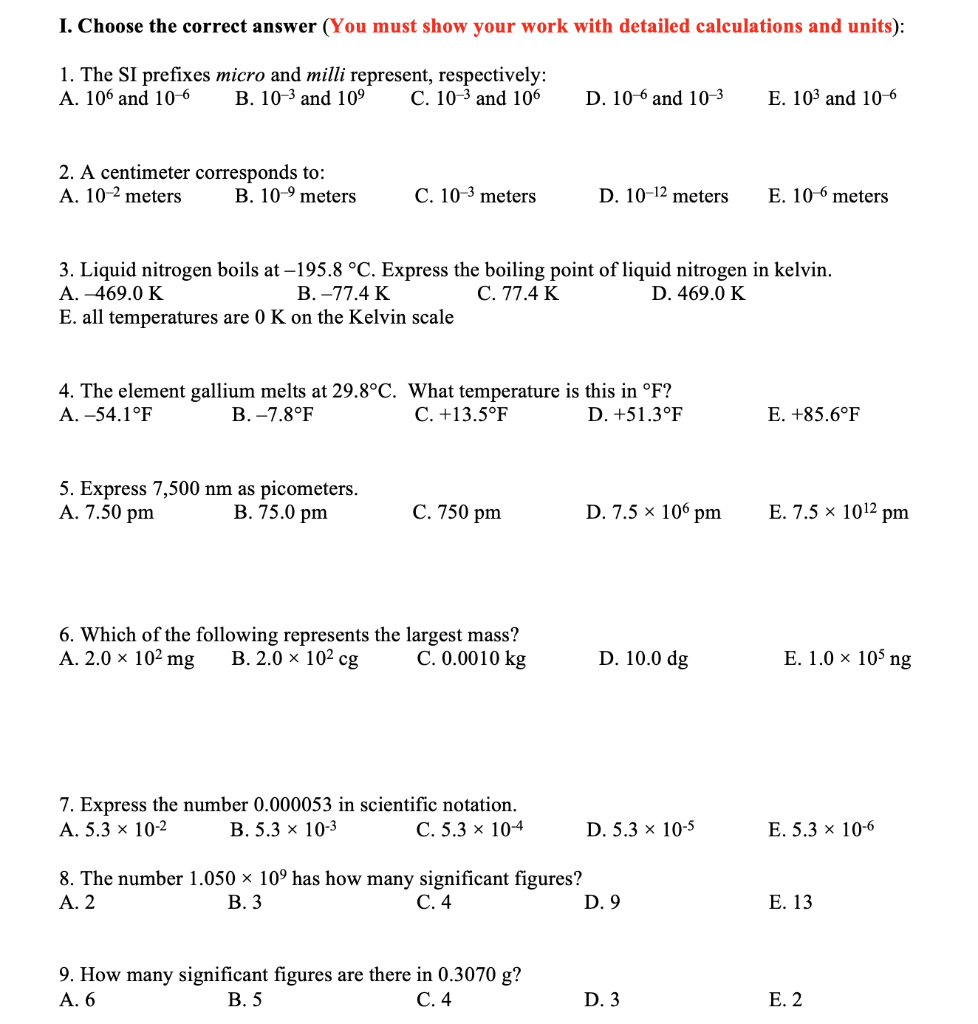


Solved I Choose The Correct Answer You Must Show Your W Chegg Com
In engineering and physics, g c is a unit conversion factor used to convert mass to force or vice versa It is defined as = In unit systems where force is a derived unit, like in SI units, g c is equal to 1 In unit systems where force is a primary unit, like in English units, g c is not equal to 1, and is required to obtain correct results Motivations According to Newton's law of motionSimple and best practice solution for W=mg equation Check how easy it is, and learn it for the future Our solution is simple, and easy to understand,The SI prefix "milli" represents a factor of 103, or in exponential notation, 1 So 1 milligram = 103 gramsforce ›› Sample conversions mg mg to quartern mg to tovar Bulgaria mg to obolus Ancient Rome mg to atomic mass unit 1998 mg to atomic mass unit 1960 mg to nanogram mg to catty Japan, Thailand mg to kin Japan mg to
Mass is "the amount of stuff" in an object That is, the amount of atoms and molecules present Mass in science, is measured in the metric system using units such as kilogram (about 22 poundsLatex {w}_{3}={m}_{3}g /latex is the weight of unknown mass latex {m}_{3};Answer Save 3 Answers Relevance Simple Mind Lv 4 1 decade ago Favorite Answer Weight=gravitational force applied to a body W=mg the units m (kg) g (m/s^2) so, W (kg m/s^2) or (N) 0 0 khollman Lv 4 4 years ago Mg Weight Unit Source(s) https
Is a vector whose magnitude often denoted by an italic letter (W) is the product of the mass (m) of the object and the magnitude of the local gravitational acceleration (g), W=mg The unit of measurement for weight is that force, in the international system of units (SI) is the newtonThe SI unit for mass is the kilogram According to Newton's second law of motion, the inertial mass, m, of an object will determine how much the object will accelerate when under the influence of an applied force, F In other words acceleration = F/m/latex The first concerns conversion into SI units, which can be done at the very end of the solution as long as we keep consistency in units The second important issue concerns the hinge joints
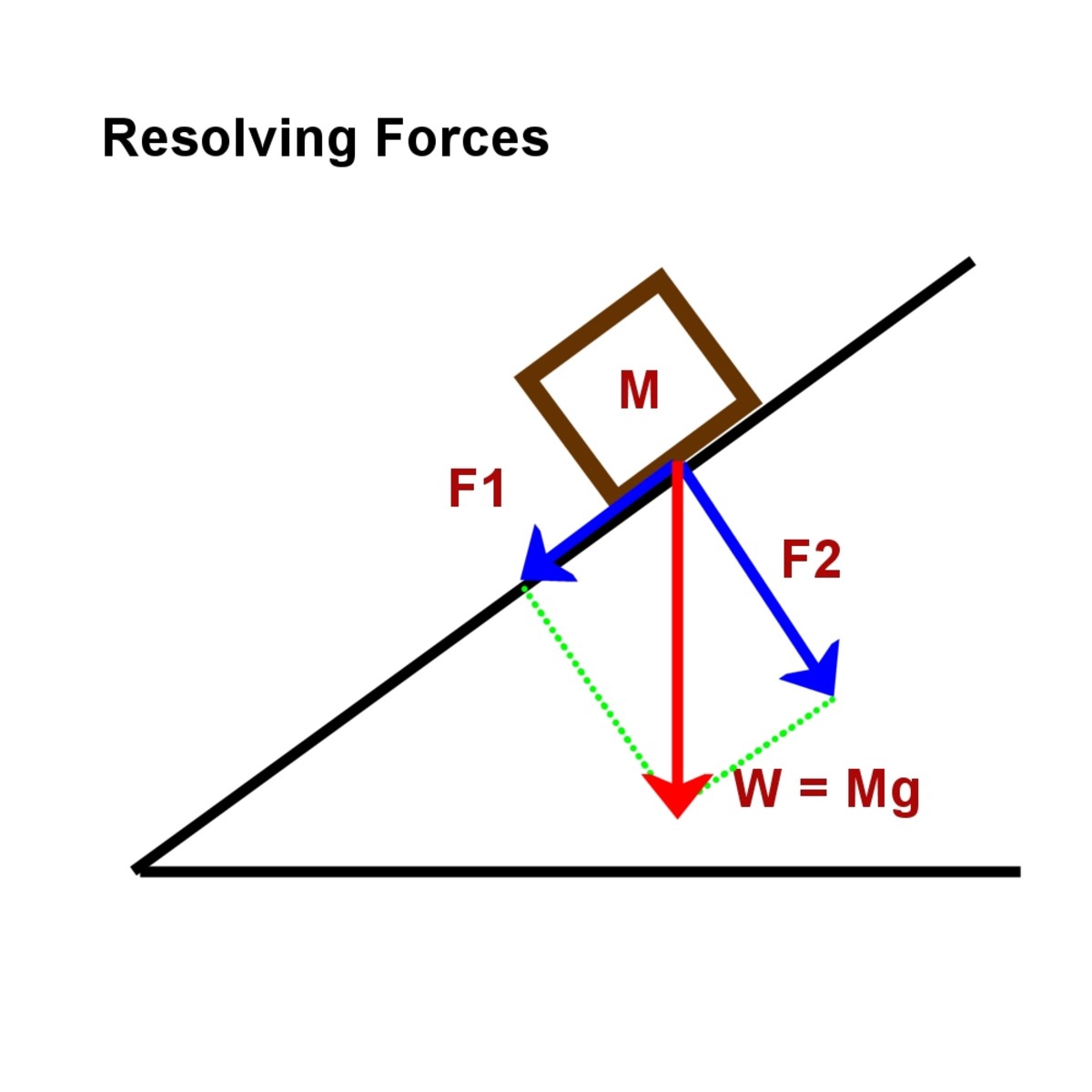


Force Mass Acceleration And How To Understand Newton S Laws Of Motion Owlcation
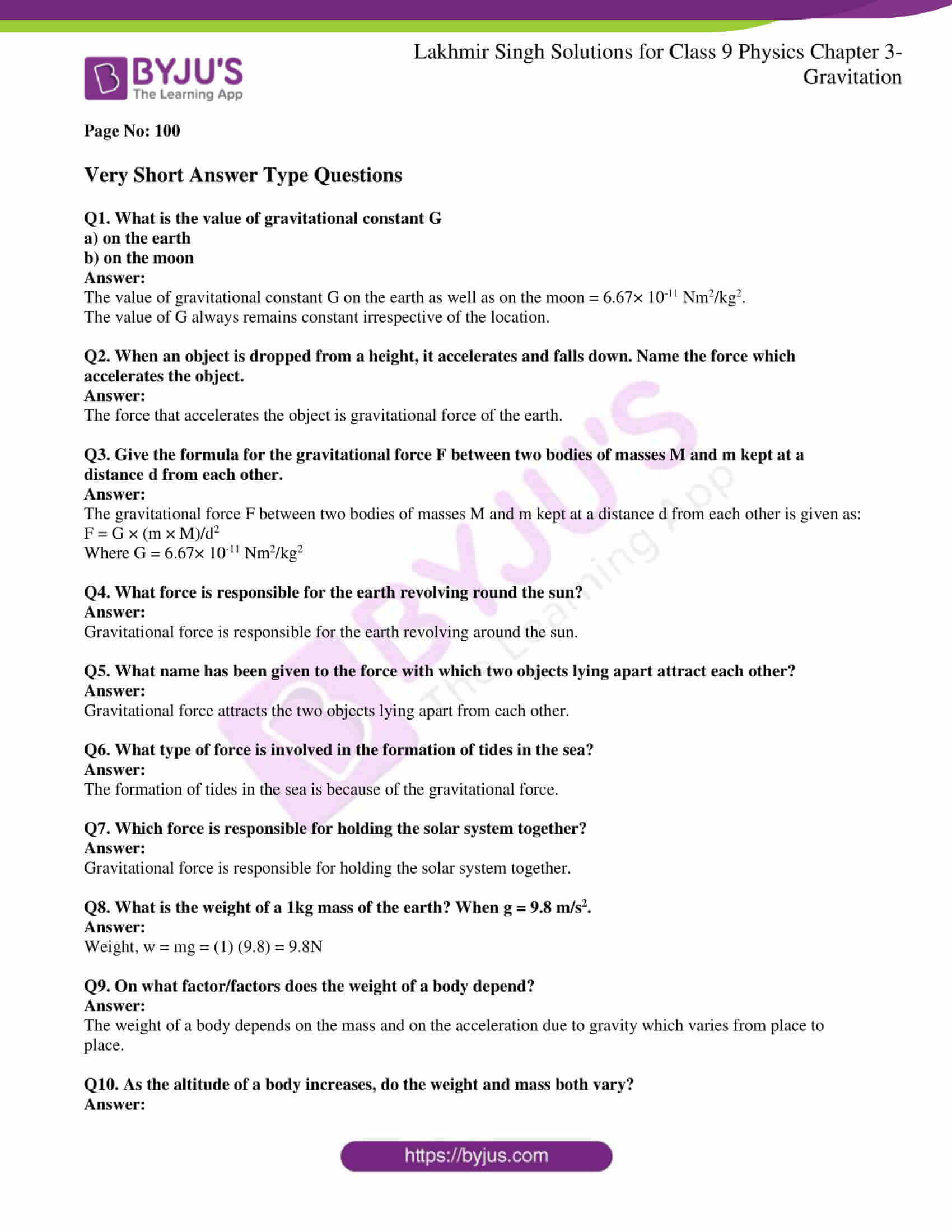


Lakhmir Singh Physics Class 9 Solutions For Chapter 3 Gravitation Free Pdf
In circumstances where the gravitational field is constant, the weight of an object is proportional to its mass, and there is no issue with using the same units to express both In the metric system, weight is measured in Newtons following the equation W = mg , where W is weight, m is mass, and g is the acceleration due to gravitational fieldThe standard units for most of scientific work are the SI units A newton can be seen to be the force required to accelerate 1 kg of mass at 1 m/s 2 To accelerate a 1 kg mass at 98 m/s 2 would require 98 newtons, so on Earth the weight of 1 kg is 98 newtonsDec 23, 13 · Every time you see the unit of pounds, it may or may not have the acceleration of gravity included in it W = mg Unfortunately, you simply have to know whether you are dealing in mass or weight On the bright side, it's usually fairly obvious (and the units have to work) g = 981 m/s2 = 39 ft/s2
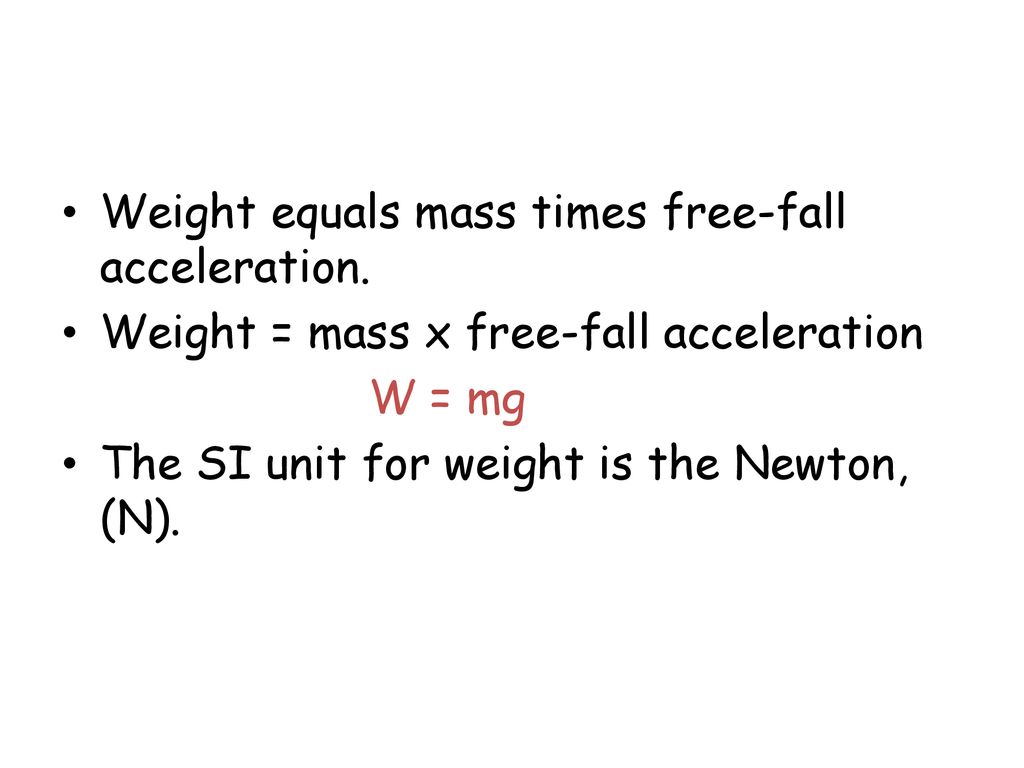


Section 12 2 Newton S Laws Ppt Download
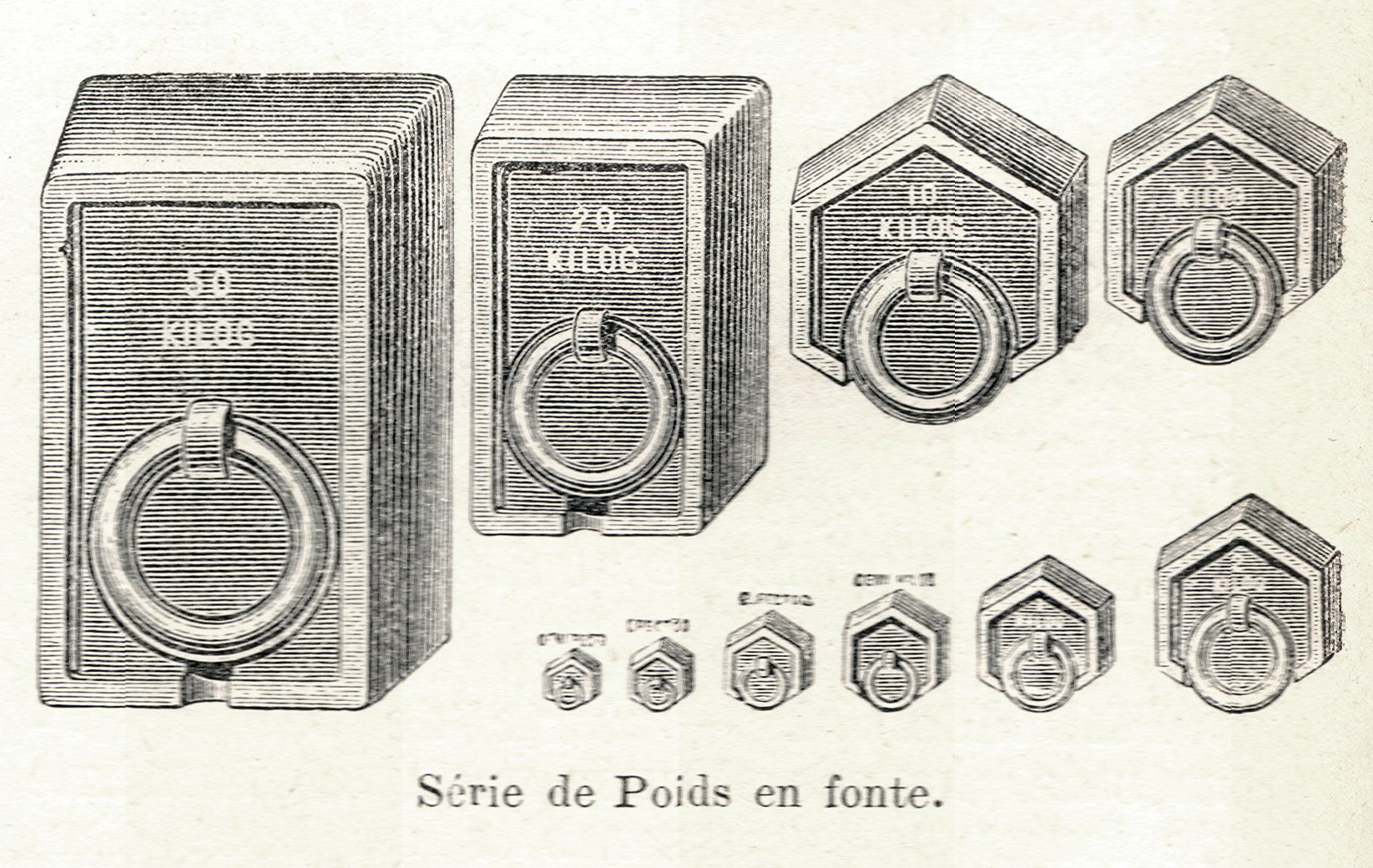


Orders Of Magnitude Mass Wikipedia
This video gives an example of applying W = mg to calculate the weight of 100 g of water This video also introduces validationThe weight of an object is defined as the forceof gravityon the object and may be calculated as the masstimes the acceleration of gravity, w = mg Since the weight is a force, its SI unit is the newton For an object in free fall, so that gravity is the only force acting on it, then the expression for weight follows from Newton's second lawClick save settings to reload page with unique web page address for bookmarking and sharing the current tool settings, or click flip tool to calculate weight (F



Quick Quiz Online Presentation



Force Mass Acceleration And How To Understand Newton S Laws Of Motion Owlcation
Thanks for "LIKING" Remember that weight is measured using a scale in newtons and mass is measured using a balance in kilograms The relationship between thW = mg Define Friction A force that opposes motion for the object to move or for the object to stop moving;This is a good question We buy potatoes by the kilogram (kg), and refer to this as its weight But as weight is the product of mass and the acceleration of gravity (which we can take as 10m/s/s) this implies its mass is actually 100grams a tent



Force Mass Acceleration And How To Understand Newton S Laws Of Motion Owlcation
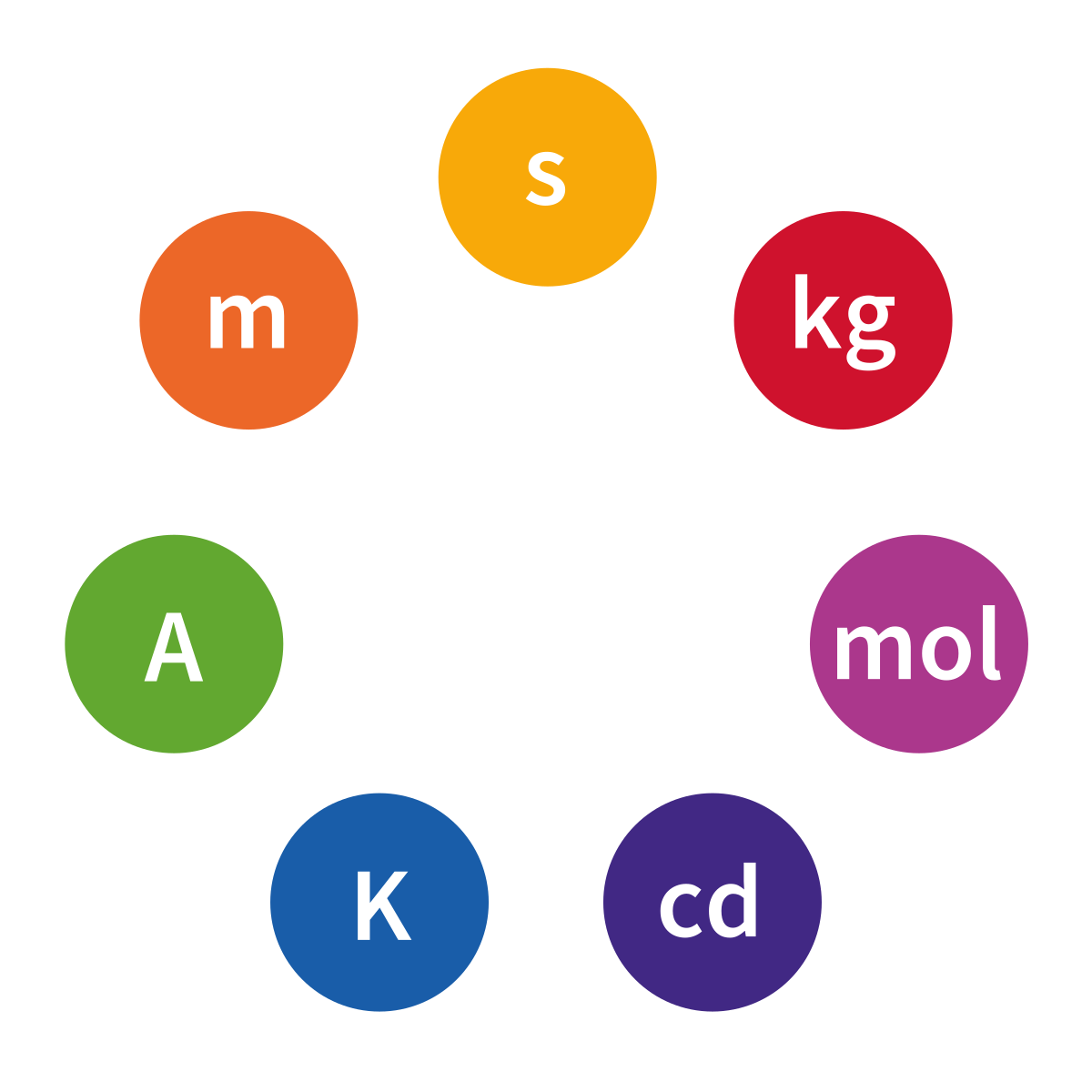


Jednostka Podstawowa Ukladu Si Wikipedia Wolna Encyklopedia
Weight (W) = Mass (m) x gravity (g) W = mg Mass is measured in kilograms (kg) Gravity on earth is a constant 98 m/s2 Weight is measured in Newton's (1 N = 1 kg m/s 2) Answer the following questions – show ALL WORK and UNITS 1 Define Mass – 2 Define Weight – 3The SI base unit for mass is the kilogram 1 kilogram is equal to ug, or mg Note that rounding errors may occur, so always check the results Use this page to learn how to convert between micrograms and milligrams Type in your own numbers in the form to convert the units!A) The mass of the body is defined as the quantity of matter that is contained in it The SI unit of mass is kg b) The weight of the body is defined as the force with which the body gets attracted towards the centre of the earth The SI unit is N c) The relation between mass and weight of a body is W = mg Q51


Metric System Wikipedia



Ppt Unit 4 Mass Weight And Density Powerpoint Presentation Free Download Id
Fapplied > Ffriction Force of Friction ALWAYS _____ the applied forces opposes Types of Friction SI Unit for acceleration (a) m/s²Mar 31, · In this formula, W = mg, one can find the mass by rearranging this formul = mWeight/Force Mass Gravity Calculator Weight/Force is the gravity on an object, the formula is W = m × g Where W Weight/Force, in N m Mass of the object, in kg g Gravity, in m/s^2



Lakhmir Singh Physics Class 9 Solutions For Chapter 3 Gravitation Free Pdf



Si To Us Units Gravity Page 1 Line 17qq Com
The gravitational field strength g describes the amount of force exerted upon every kilogram of mass in the location surrounding a massive planet, star, or any object (including a person) that has mass It describes the strength of the gravitational forces that a massive object exerts at any location around it Its value can be quantitatively described by an equation that derives fromExample What is the force required to accelerate an object with a mass of kg from stationary to 3 m/s 2?Trent University PHYSBIOL 1060H Formula Sheet x = tan l stress shear G = strain shear Shear Strain shear 1 General Weight Fg W = mg (SI units
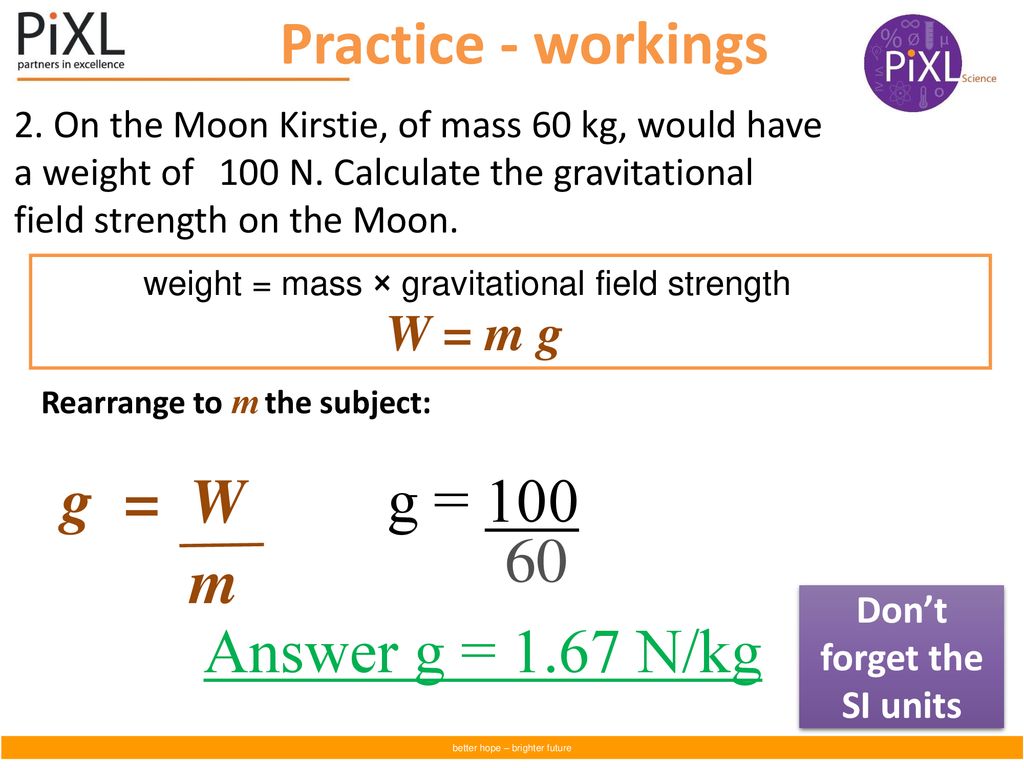


Aqa Combined Science 16 Ppt Download
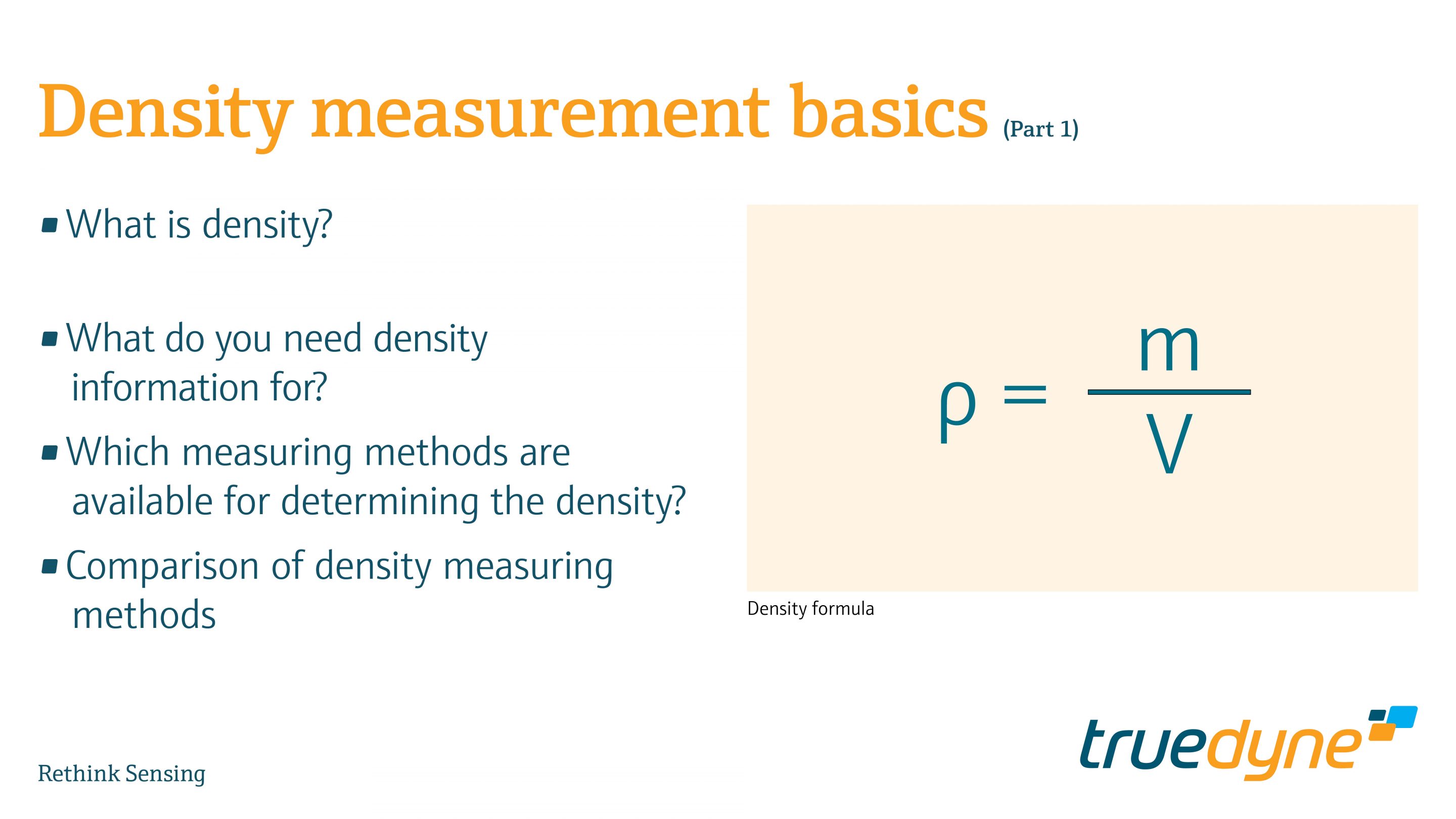


Density Measurement Basics Part 1 Truedyne Sensors Ag
Nov 19, 09 · those are the correct units, known as SI units, and g is in metres per second squared and weight is in newtons 3 0 Anonymous 6 years ago This Site Might Help You RE In physics, for the formula w=mgh, is mass in kilograms, and height inSI Unit of Weight newton (N) W =m×g Weight = Mass x Gravity – m mass of the body (units kg) – g gravitational acceleration (98m/s2, • As the mass of a body increases, its' weight increases proportionally • Weight – the force of gravity on an object MASS always the same (kg)Apr 05, · Mass is a measure of the amount of matter contained by an object, while weight is a measure of the gravitational pull on an object As the gravitational force exerted by Earth is the constant upon which mass is calculated, the values of an object's mass and weight on Earth are approximately equal depending on geographic location
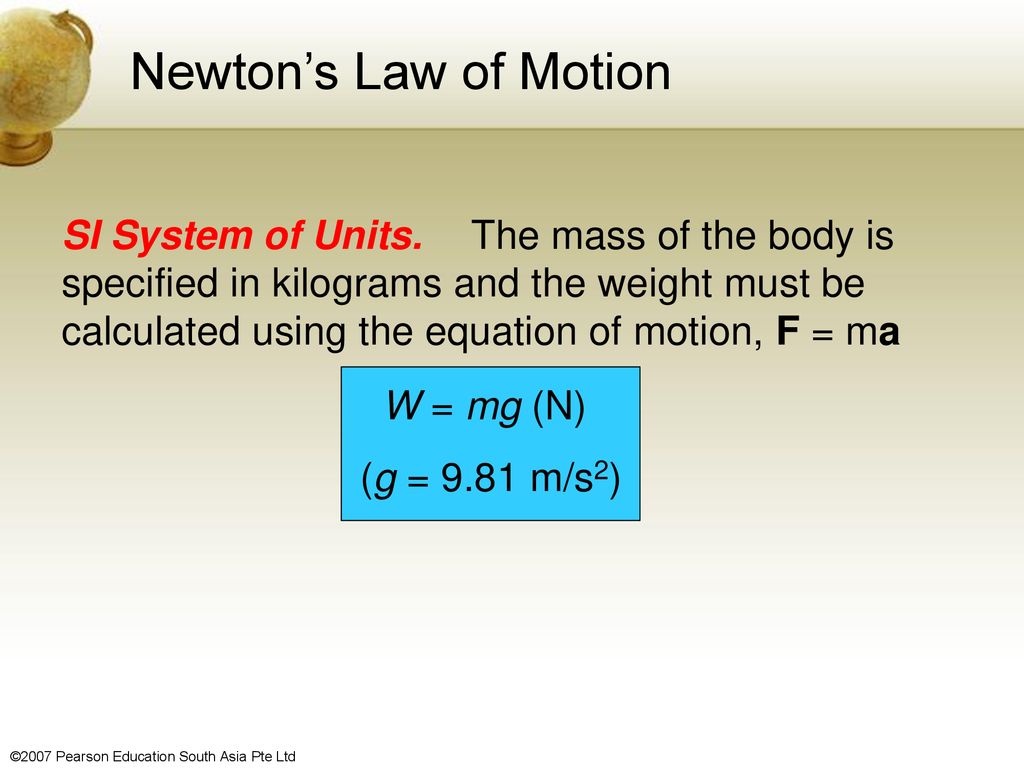


Chapter 13 Kinetics Of A Particle Force And Acceleration Ppt Download



System International Units Si Units Youtube
Sep 11, 07 · Find the SI units for weight,W, if W=mg, where m=mass and g=the acceleration of gravity?Oct 11, 08 · If w=mg for SI units of measure, why don't we use w=mg for US units?In metric units person with weight 90 kg, falling distance 12 m and impact distance 2 cm E = (90 kg) (981 m/s 2) (12 m) = 1059 J F avg = (1059 J) / (002 m) = 53 kN Sponsored Links Related Topics Dynamics Motion velocity and acceleration, forces and torques ;



Objectives Write The Equation Of Motion For An Accelerating Body Ppt Download



Mass Weight Freefall And Weightlessness Physics Ankplanet
SI Unit of Mass The standard unit of mass is Kilogram (kg) In SI units, following units are accepted gram (g) and its multiples and submultiples, a tonne (t) or metric ton, electronvolt (eV), the atomic mass unit (u) which is most convenient for denoting the masses of atoms and moleculesLatex w=mg /latex is the weight of the entire meter stick;The actual weight of the cereal in the metric system is W = mg = (0454 kg)(9807 m/s 2 )(N s 2 /kg m) = 445 N, but the manufacturer gives the weight in kg – a quirk of the metric system Unit system conversion is a common source of error, and has even led to catastrophic failures



Lecture 1 Forces And Loads Pascal Unit Structural Load



Task 1 Key Answers Pdf Weight Force
Jul , 19 · What is its SI unit?Oct 01, · A Newton is a SIunit Quite often the weight is expressed in kilogramforce or kgf This is not a SIunit, therefore less impeccable But it is very convenient for comparing weights anywhere with weights on earth 1 kgf = N Divide the calculated number of Newtons by , or use the last column when availableSI units Conversion Calculator Convert Lambda light chain level to g/L, mg/dL, mg/100mL, mg%, mg/mL Clinical laboratory units online conversion from conventional or traditional units to Si units Table of conversion factors for Lambda light chain unit



Scope Of Fluid Mechanics 1 Chapter 1 Introduction Fluids Fluids Everywhere Scope Of Fluid Mechanics 2 As Fish Habitat Pdf Free Download



Solved I Choose The Correct Answer You Must Show Your W Chegg Com
Oct 19, 19 · In SI units its value is 6673 × 1011 Nm 2 kg2 The universal constant G must not be confused with the g that is the acceleration of a body arising from the earth's gravity The constant G has the dimensions L 3 /MT 2 and is a scalar quantity, While gDec 11, 17 · w = mg As weight is a force its SI unit is also the same as that of force, SI unit of weight is Newton (N) Looking at the expression of weight we see that it depends on mass and the acceleration due to gravity, the mass may not change but the acceleration due to gravity does change from place to placeApr 18, 19 · Convert figures to their SI values The International System of Units (SI) unit of mass is the kilogram, and the SI unit of acceleration is m/s 2 (meters per second squared) So when mass and acceleration are expressed in their SI units, we get the force in its SI units which is N (Newtons) 3 X Research source



Physical Units Science Poster
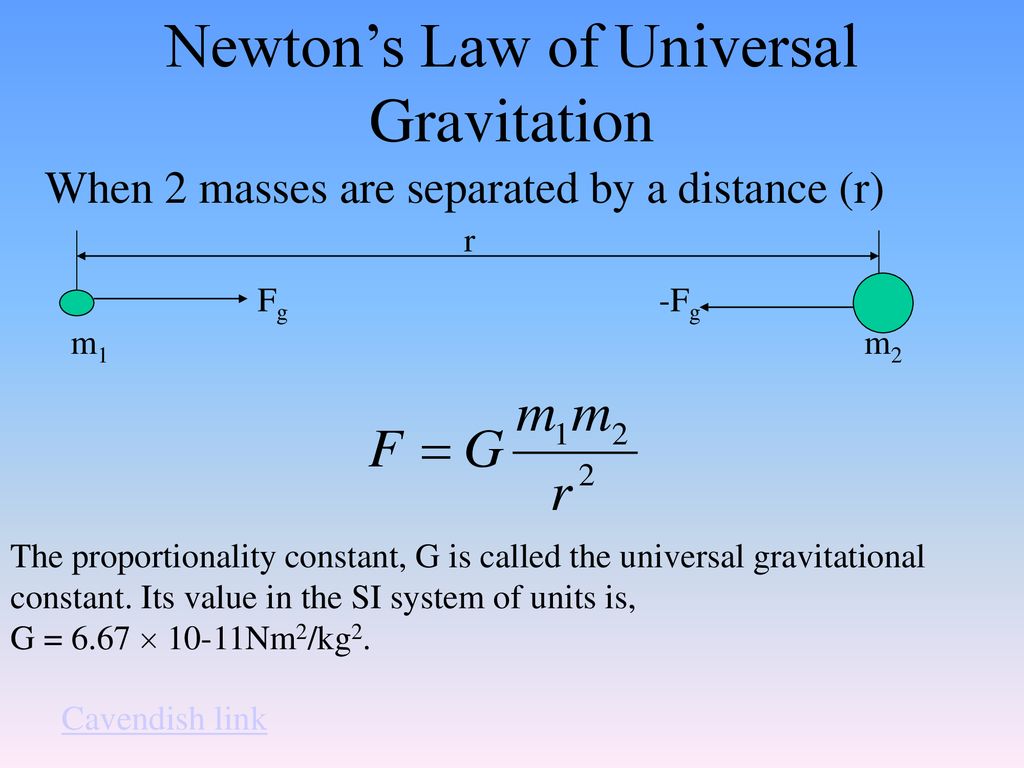


Fg W Mg G Ag Do You Know The Difference Ppt Download
Answer Save 1 Answer Relevance Ivan A Lv 6 1 decade ago Favorite Answer We do, is called lbforce That is mass in lb and g = 32 ft/s 1 0 Still have questions?



Mass Weight Freefall And Weightlessness Physics Ankplanet



Lift Accelerating Upward With Acceleration A Ga M Nlm43 Youtube
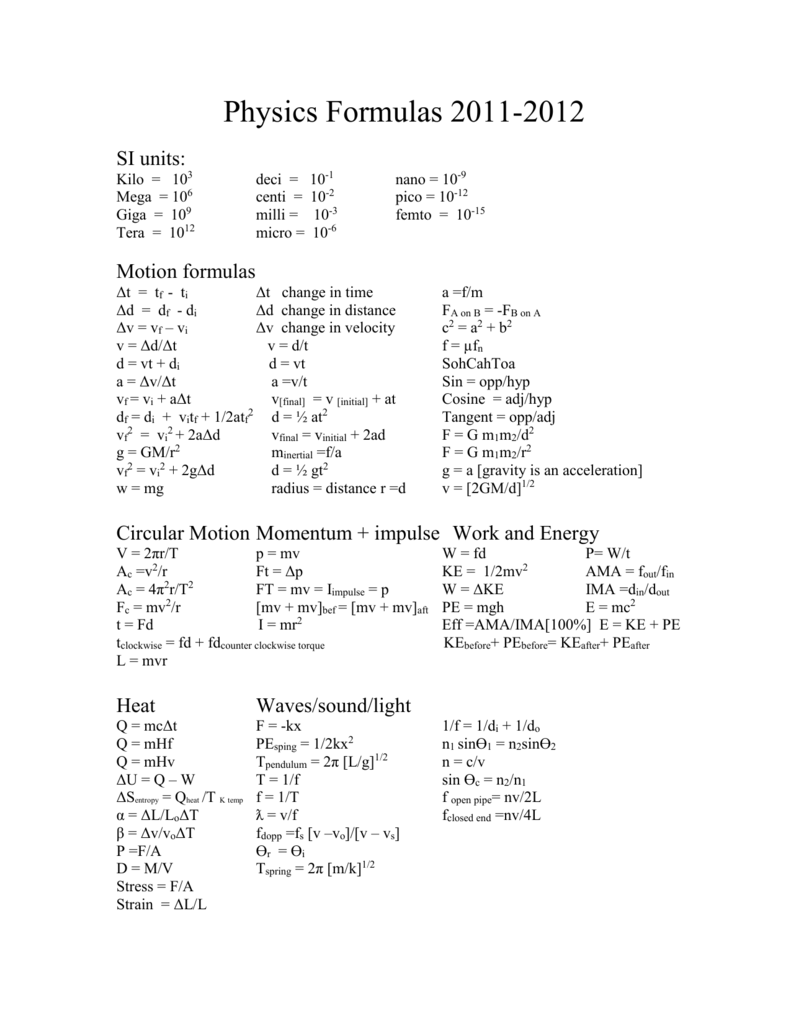


Physics Formulas 11



Ppt Unit 4 Mass Weight And Density Powerpoint Presentation Free Download Id



無料ダウンロード Wmg Units あなたのための悪魔の画像


Redefining The Kilogram And Other Si Units Book Chapter Iopscience



Force Mass Acceleration And How To Understand Newton S Laws Of Motion Owlcation



Force Mass Acceleration And How To Understand Newton S Laws Of Motion Owlcation
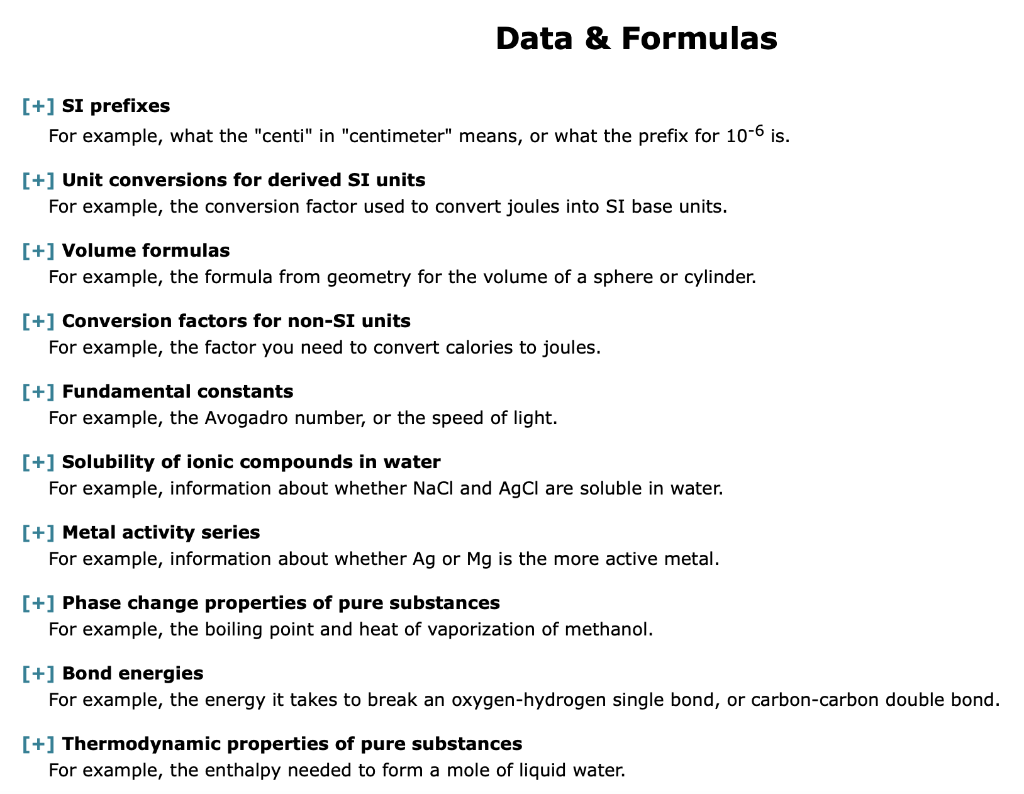


Solved A Chemist Is Studying The Following Equilibirum W Chegg Com



Quick Quiz Online Presentation


International System Of Units Wikipedia
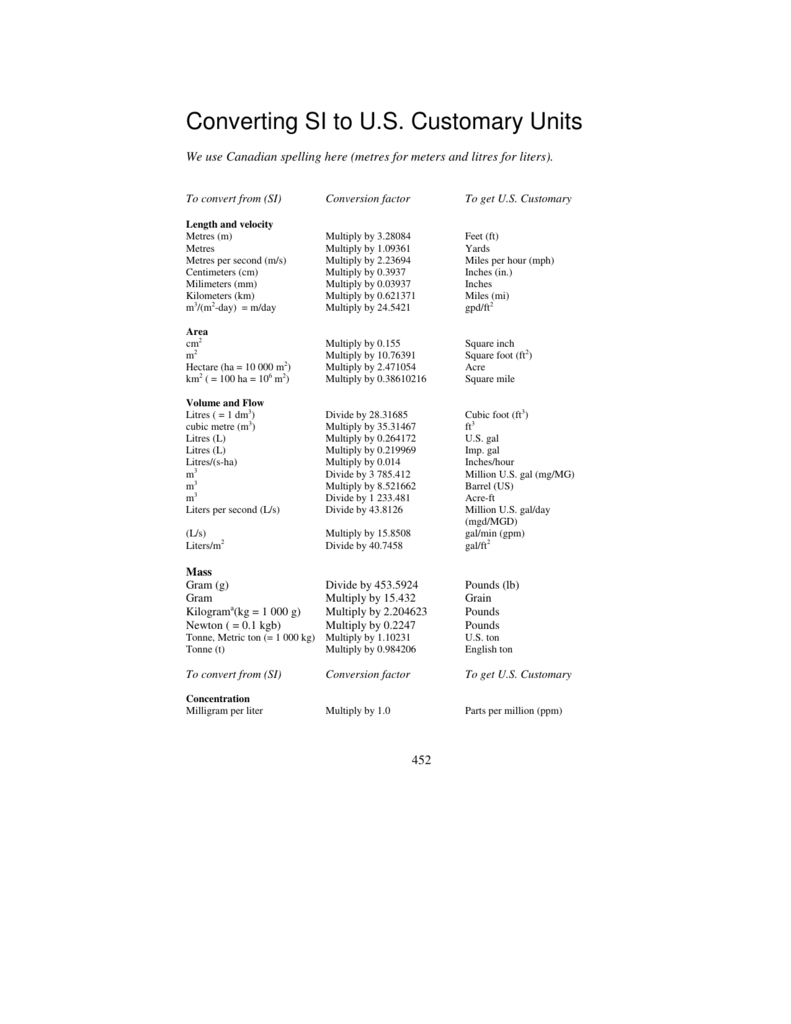


Converting Si To U S Customary Units



How To Calculate Specific Weight Youtube
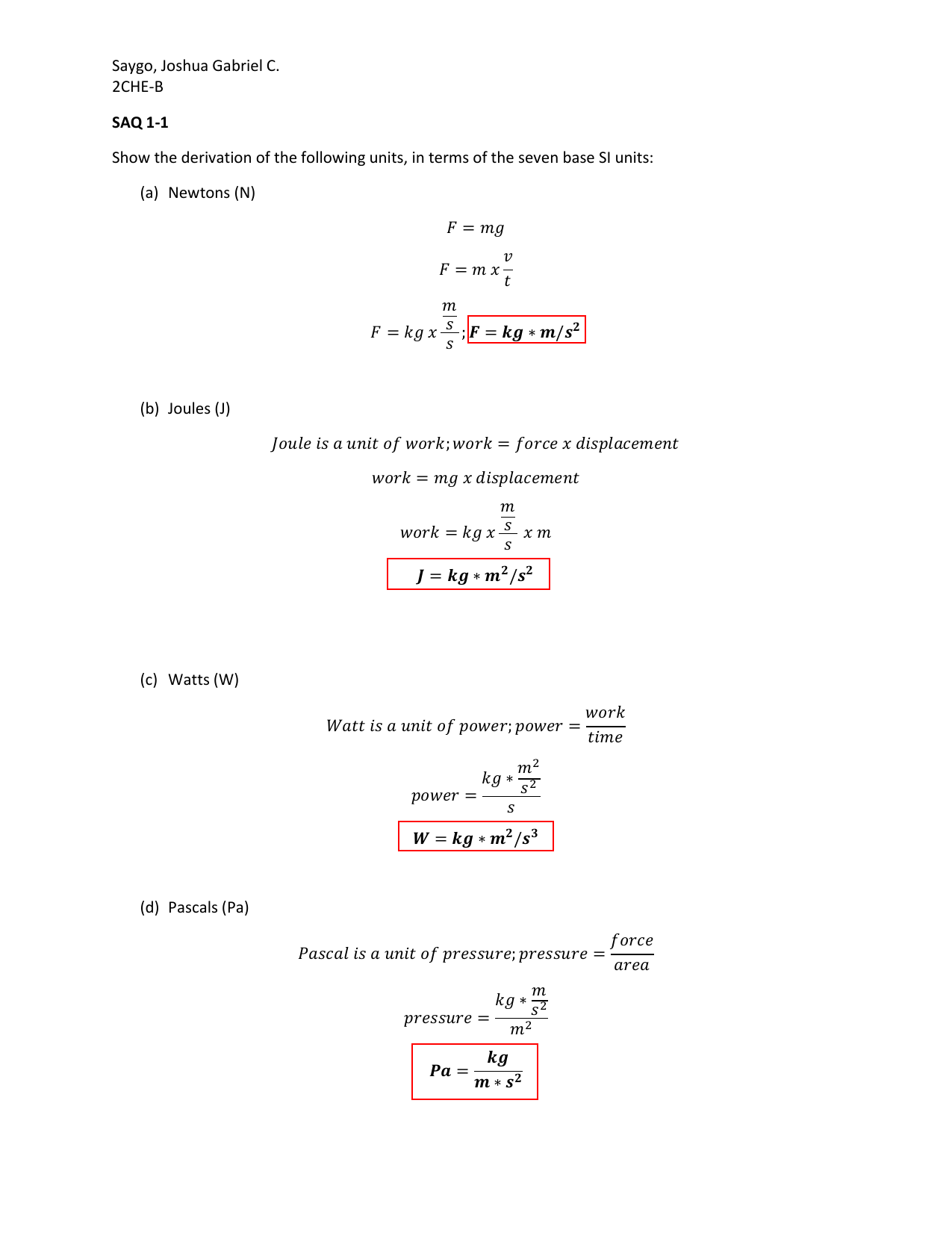


Self Assessment Questions



Last Time Kinematics Two Dimensional Motion Ppt Download



Tonne Wikipedia



Forces And Dynamics Physics Ib Kilogram Tension Physics



How To Convert Ppm To Weight Part Per Hundred In Case Of Major Element



Aqa Combined Science 16 Ppt Download
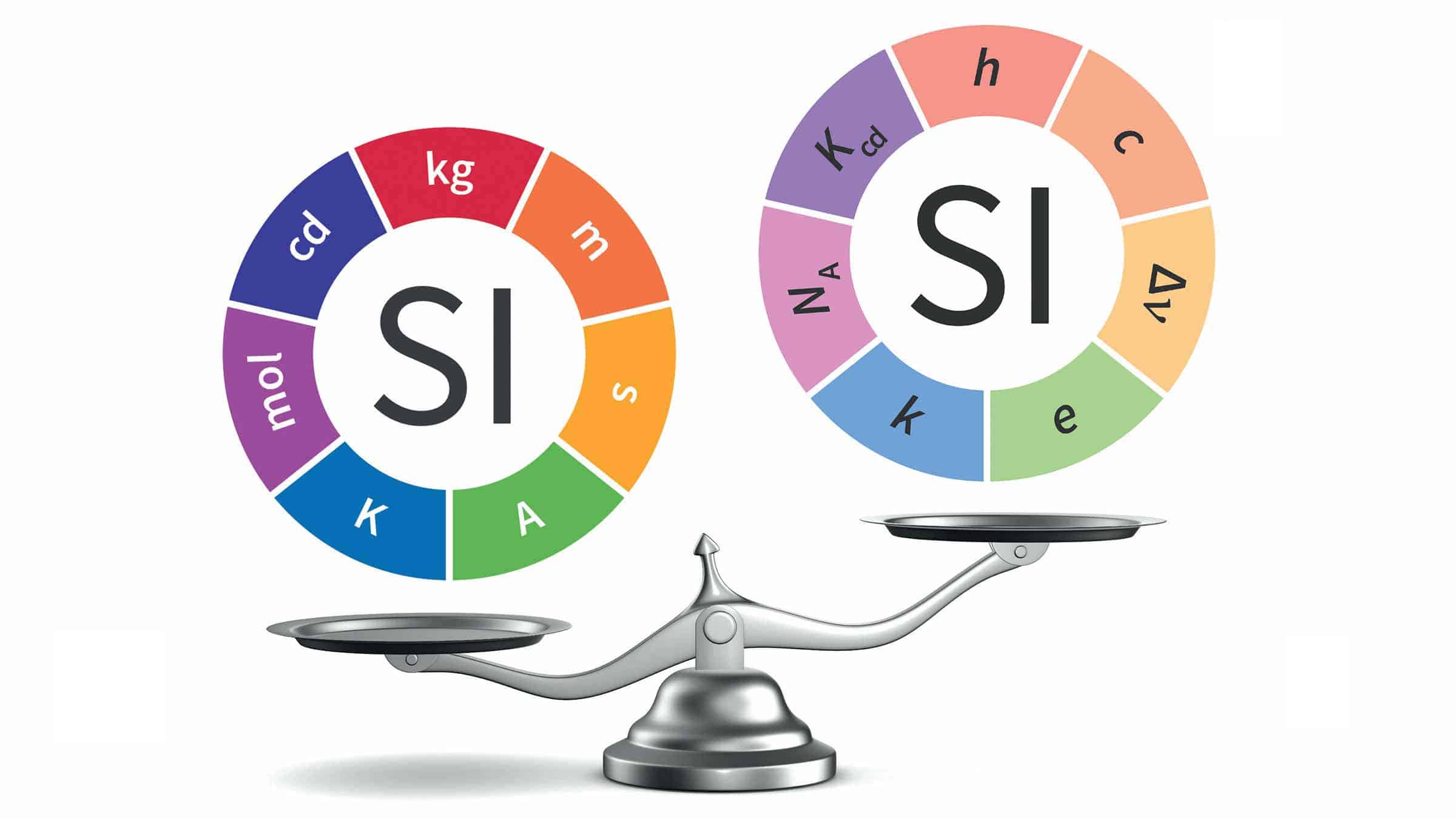


Si Gets A Makeover Physics World


Redefining The Kilogram And Other Si Units Book Chapter Iopscience



Preview Cambridge International As And A Level Physics Workbook By Cambridge University Press Education Issuu



Imperial Units Wikipedia



Weight Definition Units Weight Combination Videos Solved Questions
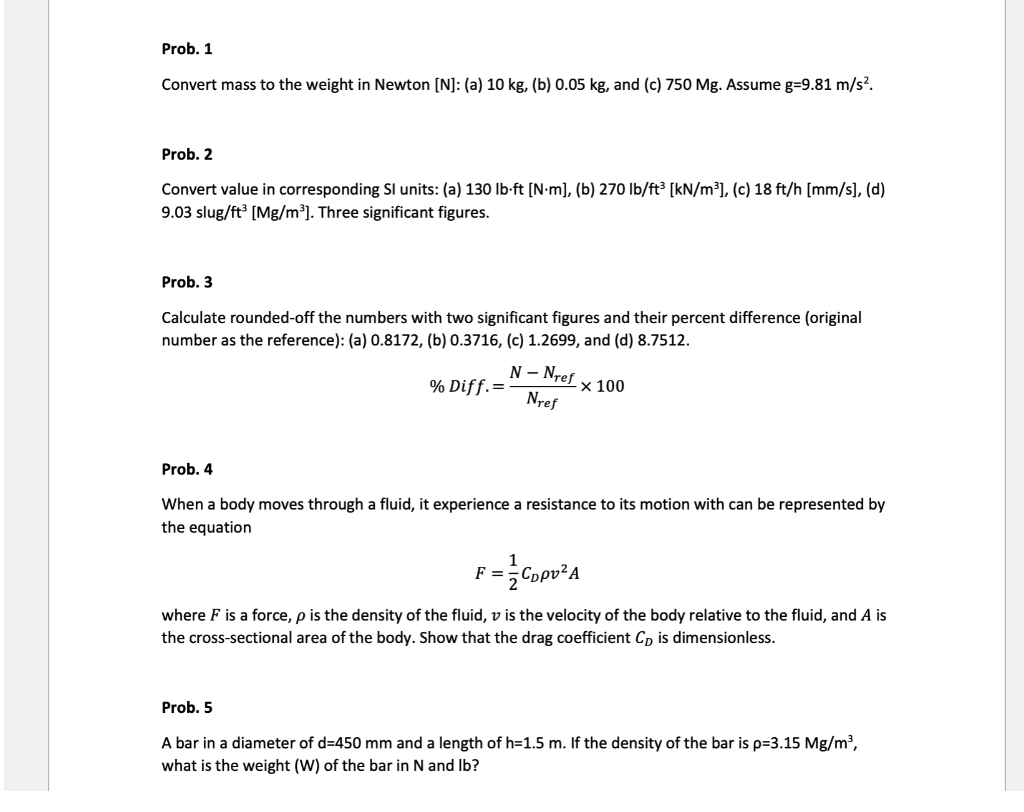


Solved Prob 1 Convert Mass To The Weight In Newton N Chegg Com
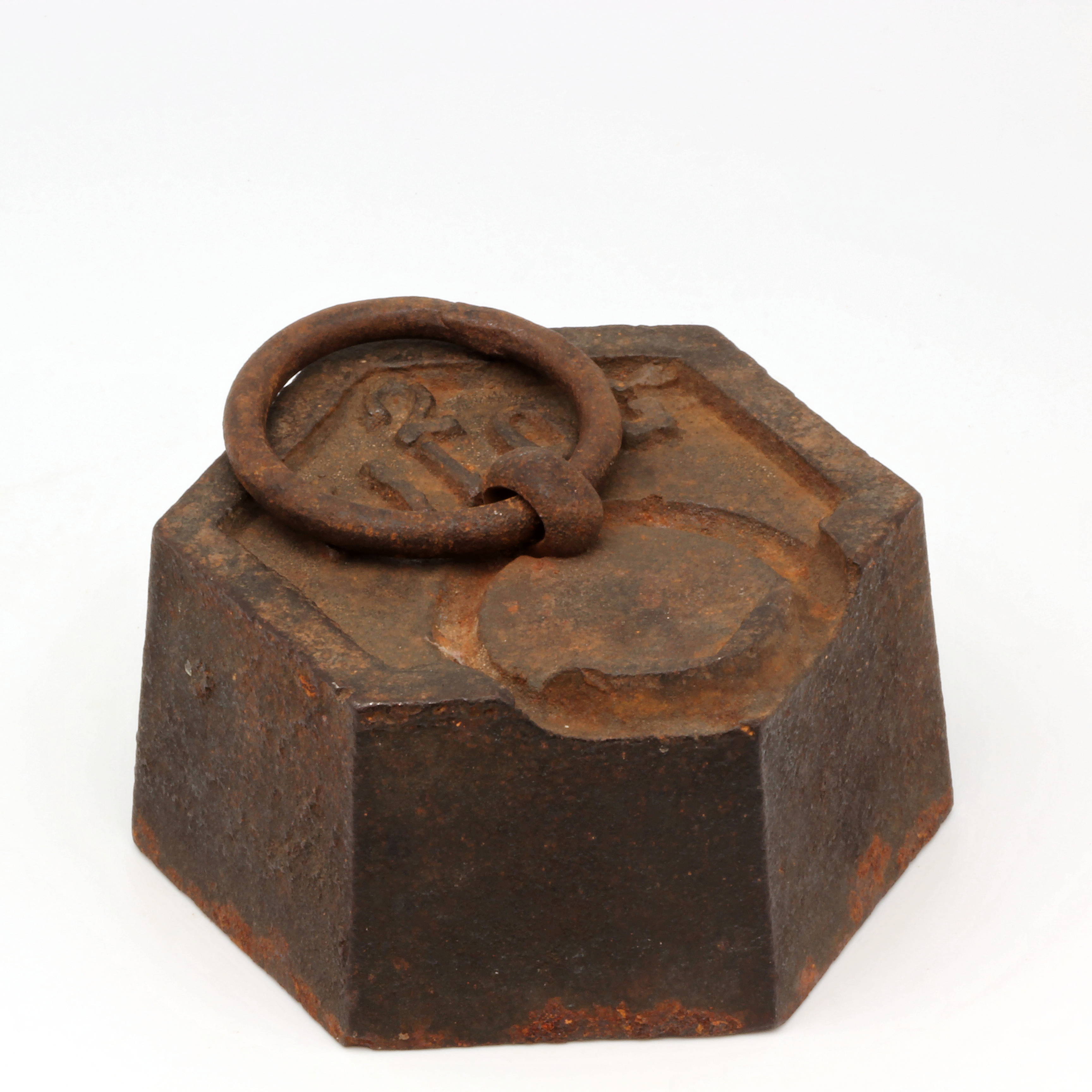


Mass Wikipedia



Wmg Si Units
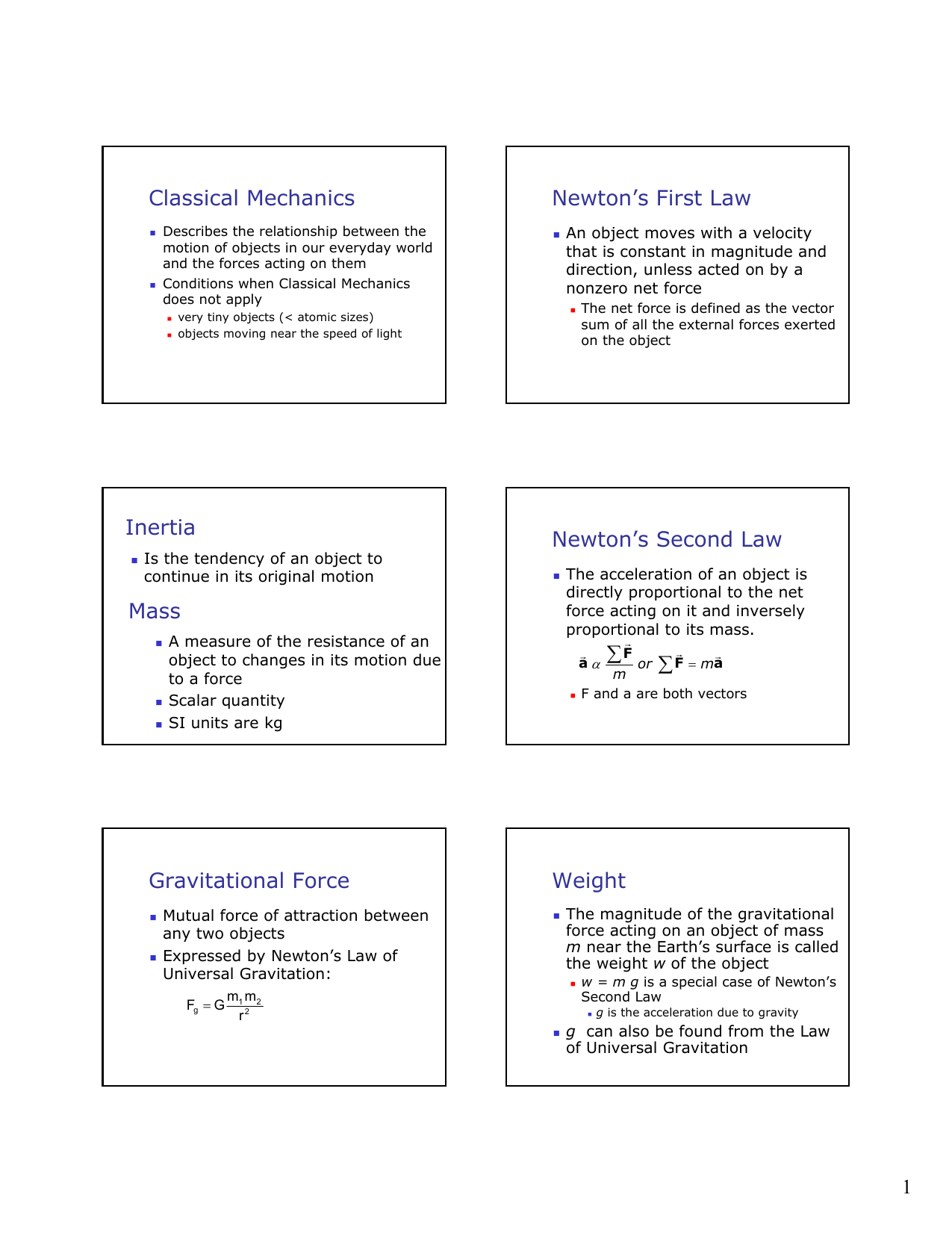


Wmg Si Units



The Ultimate Guide To Si Units And Unit Conversions Albert Io



Wmg Si Units



How To Calculate Weight From Mass 10 Steps With Pictures



Homework 1 Solutions
/cdn.vox-cdn.com/uploads/chorus_asset/file/13438365/IMG_7794.jpg)


New Kilogram Standard How The Si Unit Of Mass Is Being Redefined Vox



Table 10 From The International System Of Units Si Semantic Scholar
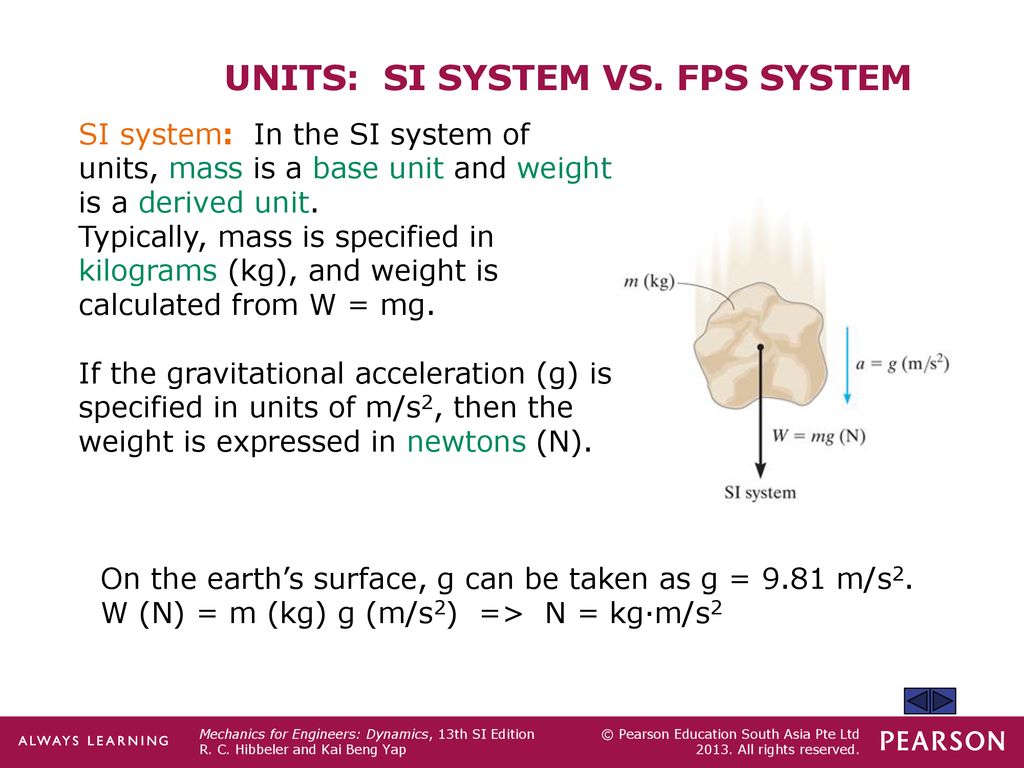


Newton S Laws Of Motion Equations Of Motion Equations Of Motion For A System Of Particles Ppt Download



Podstawowe Zalozenia Miedzynarodowego Ukladu Jednostek Miar Si Pdf Darmowe Pobieranie



Properties Of Fluids A Gases Viscosity



How To Convert Kg To Mg And T To Oz Video Khan Academy



Przeszlosc L Terazniejszosc Miedzynarodowego Ukladu Jednostek Sl Pdf Darmowe Pobieranie



Determining Density Introduction To Engineering Design Ppt Download



Work Energy And Power Review



Phys100 Summer Practice Set 05 Mass Weight Solutions Youtube



Use The Conversion Factors Listed In The Conventional Units To Si Units Table In Appendix A To Convert The Following Conventional Unit Measures To Si Units 52 Ng Ml Vitamin D 25 Hydoxyvitamin



Milligrams To Grams Conversion Mg To G Inch Calculator



Newton S Second Law Of Motion Force And Acceleration Introduction To Physics Openstax Cnx


Systems Of Units And Conversion Factors Pdf Free Download



無料ダウンロード Wmg Units あなたのための悪魔の画像



Igcse Physics All Formulas Page 2 Line 17qq Com
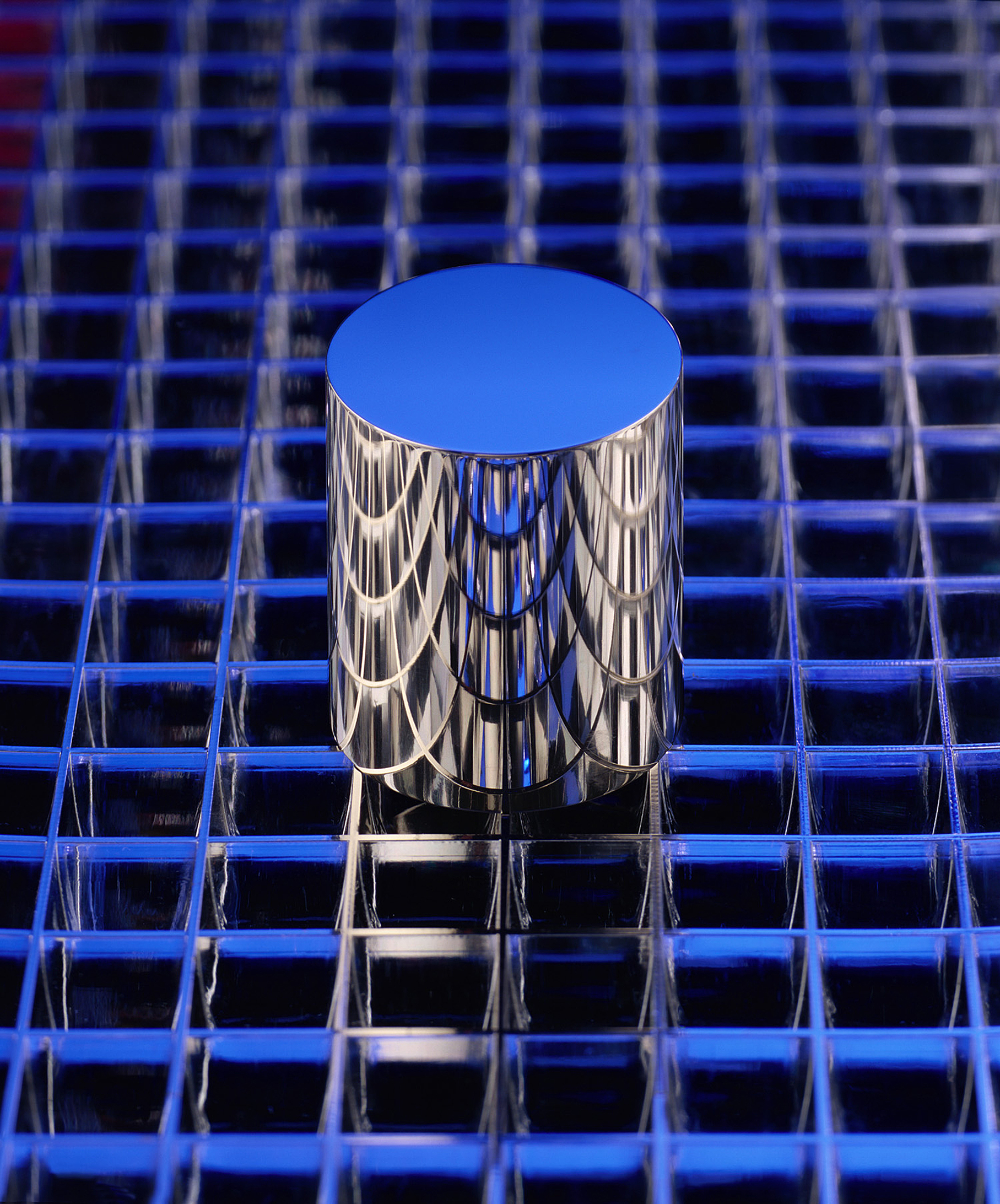


Si Units Mass Nist



The International System Of Units Si Units Chemistrygod



Measurements Chemistry For Majors
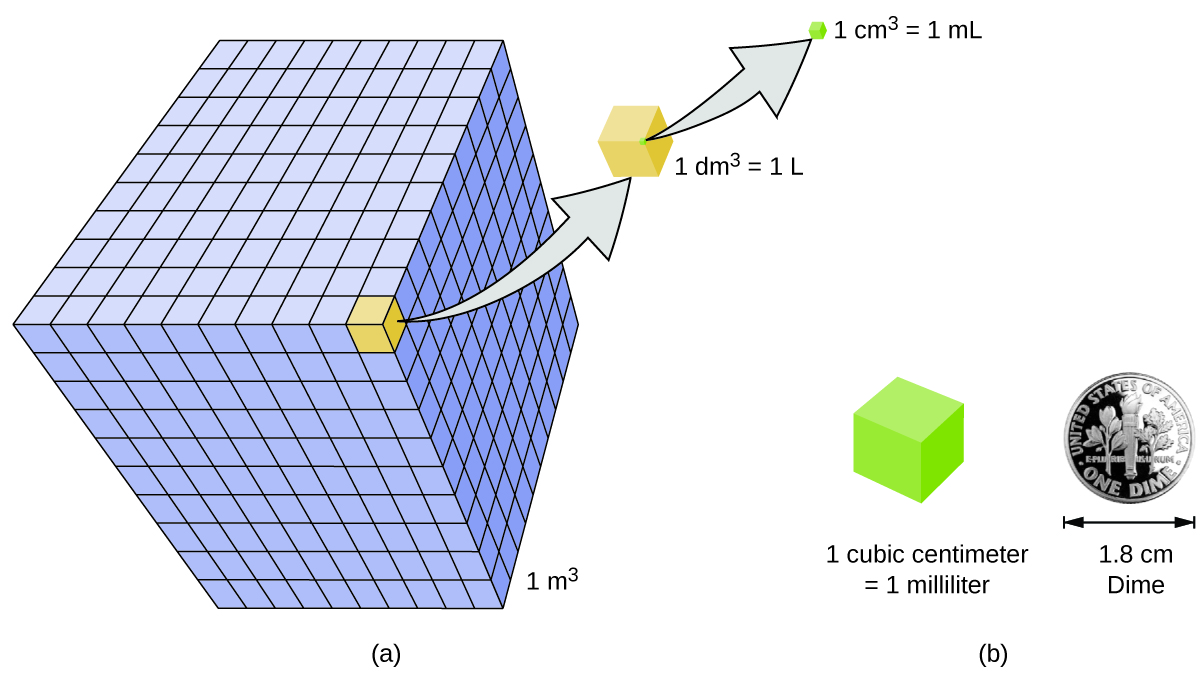


1 6 The Units Of Measurement Chemistry Libretexts



0 件のコメント:
コメントを投稿